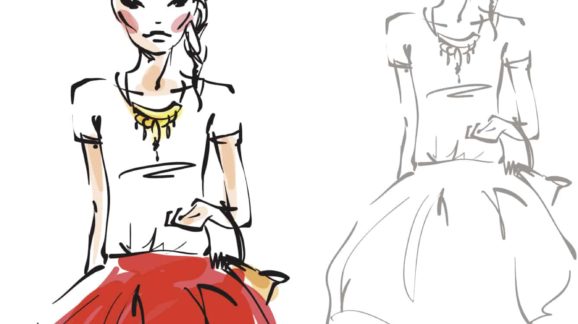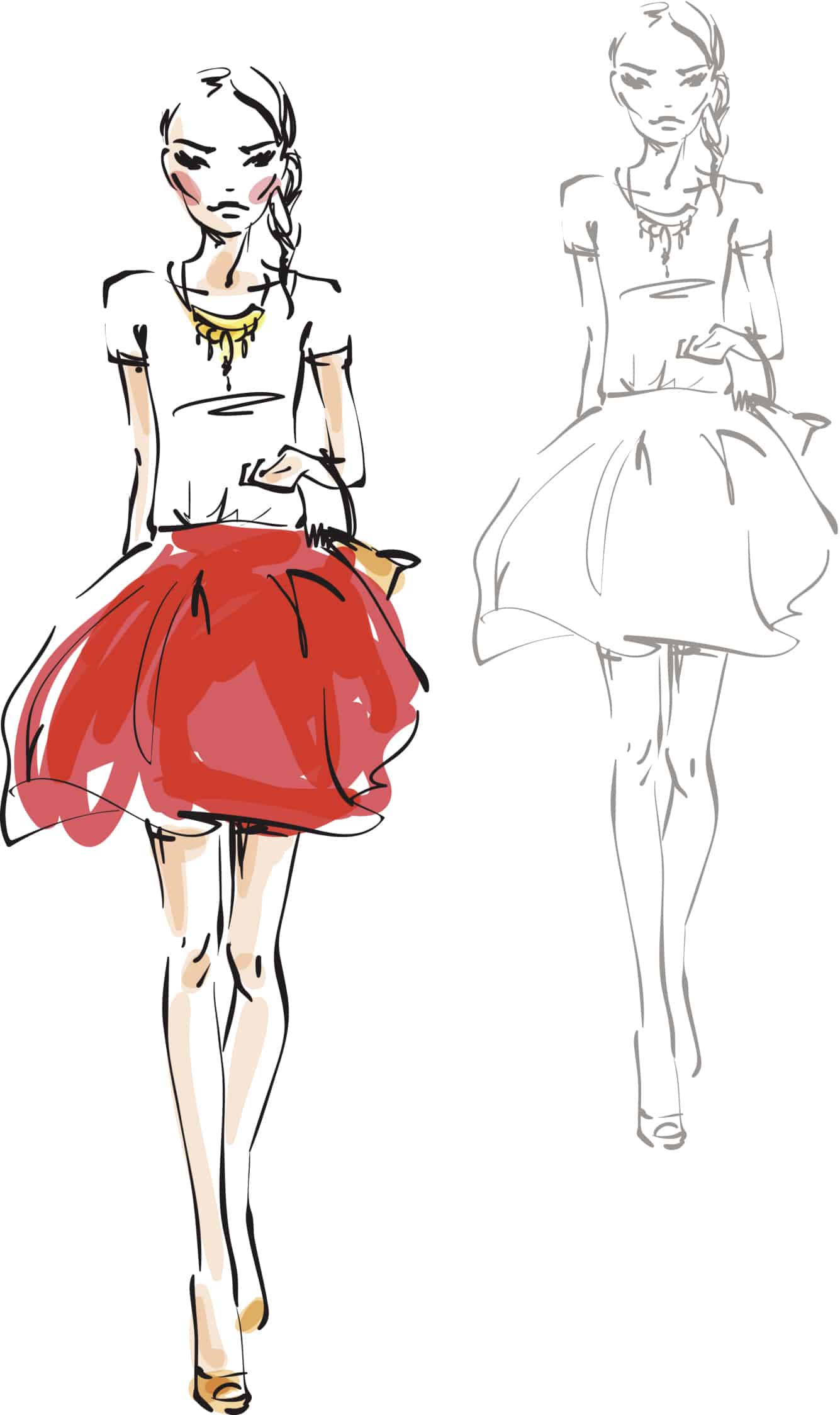Human Achievement of the Day: Fashion

On March 19, I will celebrate Human Achievement Hour instead of Earth Hour. The choice is easy: take an hour out of the evening to feel thankful for the many inventions and innovations that make life better versus an hour  plunged into darkness, feeling undeservedly guilty about access to affordable energy and climate change. Some technologies save lives, and for that I am most grateful. Other technologies simply make life more fulfilling, and for that I am grateful, too. And in the latter respect, I am especially thankful for technologies that enhance a particular interest of mine: fashion. Here are five.
plunged into darkness, feeling undeservedly guilty about access to affordable energy and climate change. Some technologies save lives, and for that I am most grateful. Other technologies simply make life more fulfilling, and for that I am grateful, too. And in the latter respect, I am especially thankful for technologies that enhance a particular interest of mine: fashion. Here are five.
- Rayon was invented in the late 19th century as a silk substitute and is considered the first man-made fiber. It’s derived from wood or other plant pulp that is liquefied, “squeezed through tiny holes in a device called a spinnerette, and then converted back to cellulose in the form of fibre.” It was decades of trial and error before rayon fabric and garments were readily available. But around the 1920s onward, it was made into the most splendid dresses, blouses, and even stockings. It drapes beautifully and can be easily printed with colorful and clever designs. It’s usually less expensive than silk, silkier than natural fibers like cotton, wool, or linen, and far more pleasant to wear than other synthetics like polyester, acrylic, or nylon. During Human Achievement Hour, I will thank goodness for industrial chemist Hilaire Bernigaud, comte de Chardonnet and all the subsequent chemists and manufacturers who made rayon possible.
- Nylon is a terrible fiber for dresses but essential for stockings. Chemists, those wondrous human achievers, developed this man-made fiber using compounds from air, water, coal, and petroleum. Prior to this great invention in the 1930s by the E.I. du Pont de Nemours & Company, the stocking options were limited to wool, cotton, and silk. (Notwithstanding nylon’s contemporary, rayon.) Nylon was comparably cheap and sheer – an all-around win for lovelier legs.
- Pleather. Or, what most people would call synthetic leather. Wikipedia says it's nowadays a shell coating layer on top of a synthetic polymer blend. It can look either leather-like or quite fake. It made some memorably chic, futuristic men’s ties in the totally awesome 1980s. I’d like to think that’s what the iconic Max Headroom character was wearing. And, unlike animal skin, pleather has the virtue of not being grotesque or cruel. And while it’s not a perfect substitute for some of leather’s qualities, pleather has another virtue – it’s more abundant and affordable.
- Faux fur. Like pleather, synthetic fur seems a less troubling, more affordable fashion statement. It can be made to look chic. Many exotic furs are now banned or restricted, anyway. And when I can’t afford or otherwise easily acquire a pricey, vintage Colobos monkey fur coat, a $60 faux fur in a similar long, black shag is just the thing.
- Silicone hydrogel. It’s used to make modern contact lenses. While this has the practical benefit of temporary vision correction and an obvious esthetic advantage to eyeglasses, it has yet another transformative quality: costume colors and patterns! Because of this technology, people have the means to reimagine and transform their appearance. During Human Achievement Hour, I’ll take a moment to admire a pair of my favorite lenses – colored circle lenses.